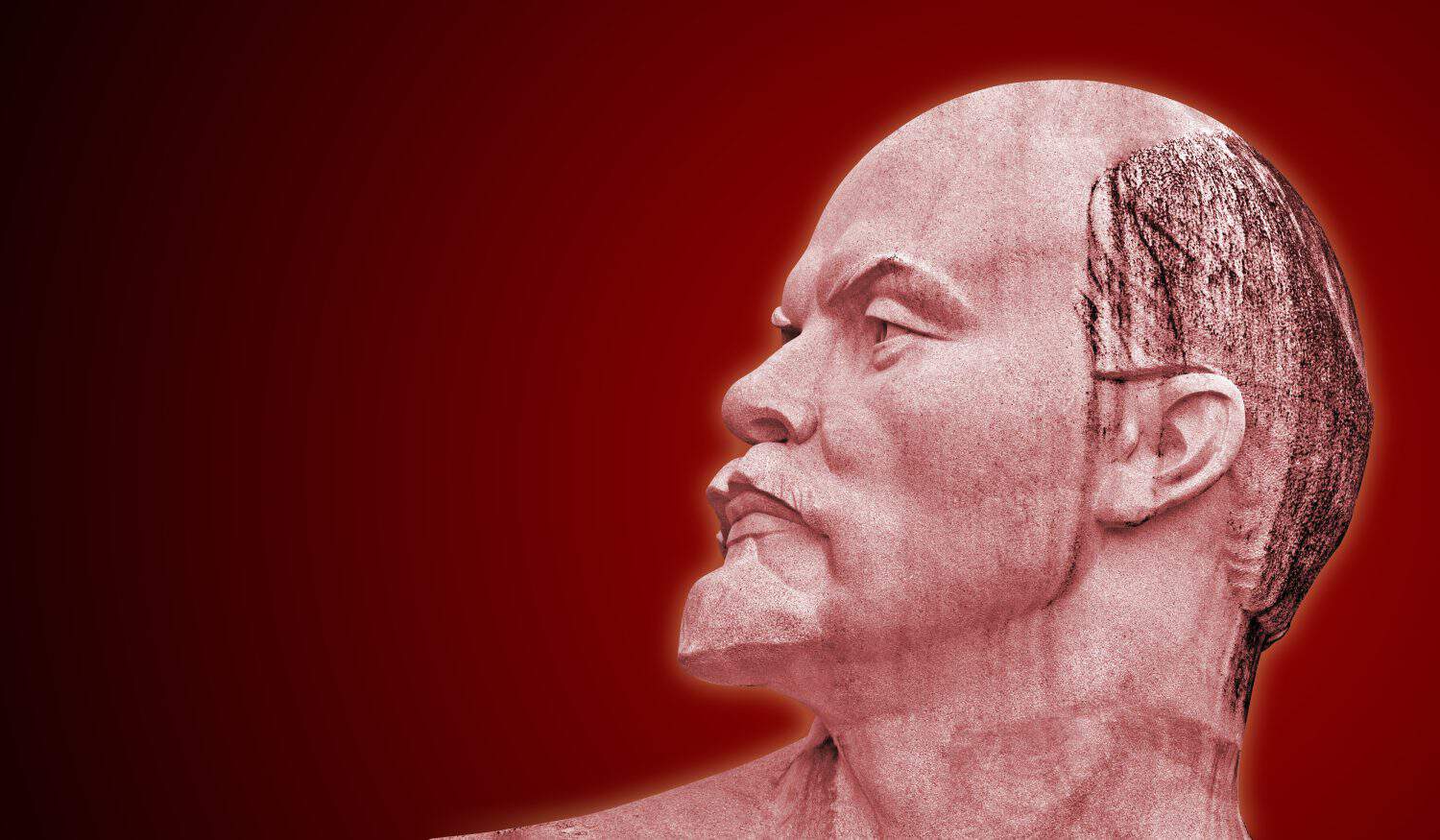
Vladimir Ilich Lenin, the leader of the Russian Revolution, died in 1924, 100 years ago this year. But for all that time, his body has (allegedly) not decayed but remains on display for public viewing in a mausoleum on Red Square in Moscow. How and why was the corpse preserved, and why does it hold an enduring fascination for Russians and foreign visitors? The answers can help us stay alert to manipulative tactics used by politicians in our own country and around the world.
24/7 Wall St. Insights
- Lenin brought the first communist government in the world to power, in the world’s largest country.
- Communist leaders embalmed him and made him into a quasi-religious figure to enhance their power and legitimacy.
- His body remains enshrined for public viewing today, against his last wishes, for much the same reason.
- Also: 2 Dividend Legends To Hold Forever
A College Radical
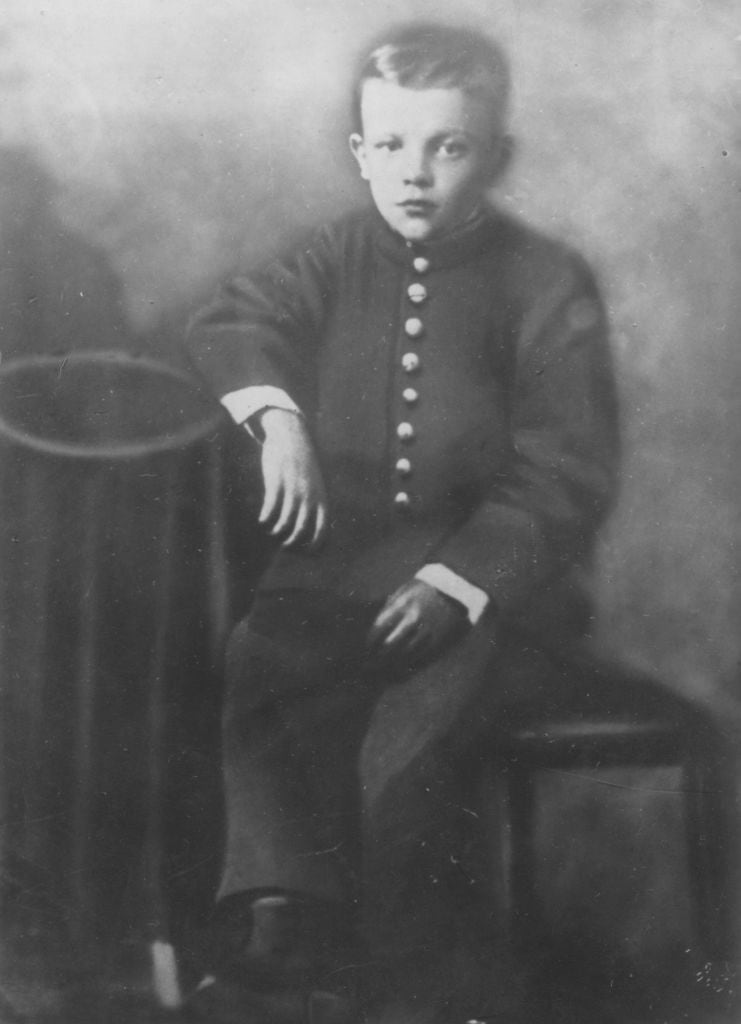
Lenin was born in 1870 into a minor noble family that was conservative and loyal to the monarchy. His brother Aleksandr became radicalized from reading leftist literature while studying at Saint Petersburg University. Convicted of plotting to kill the Tsar, he was executed by hanging in 1887. Lenin, in turn, also began exploring revolutionary ideas in college and became enamored with Marxism.
The Russian Revolution
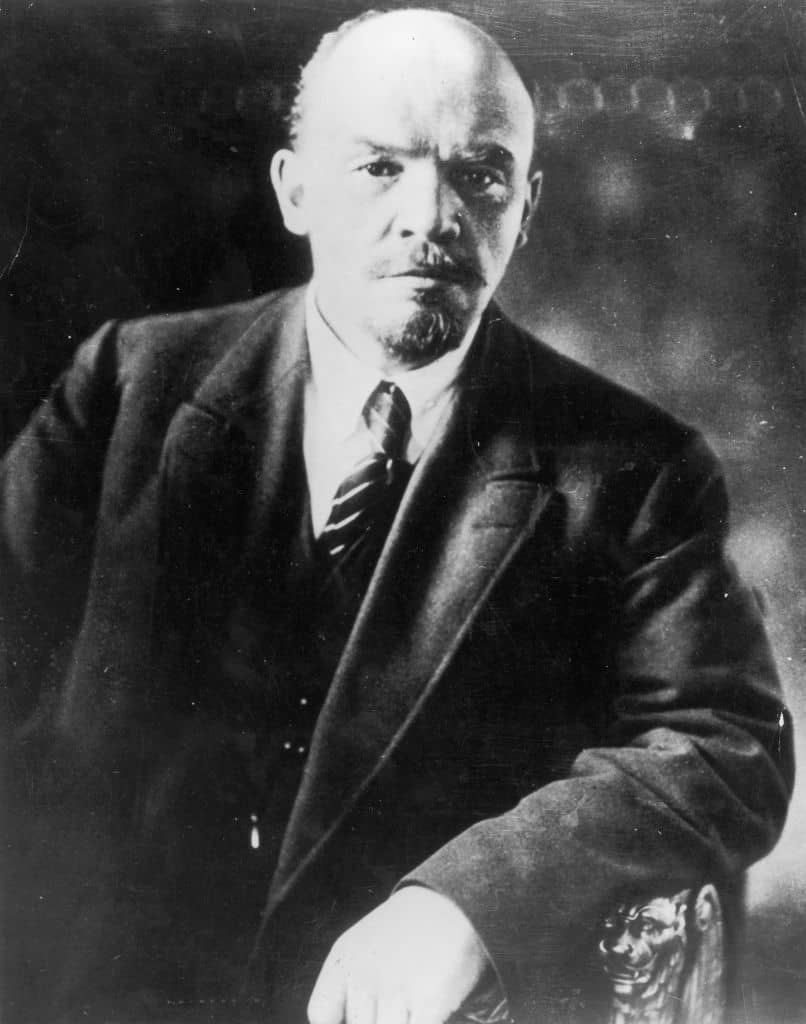
After graduation, Lenin began organizing revolutionary cells in St. Petersburg. He was arrested and spent three years in exile in Siberia. During World War I he was traveling Europe to confer with other leftists on Marxist theory and plans for revolution.
Starving and overworked in the World War I military effort, Russians revolted against Tsar Nicholas I in February 1917 and forced him to abdicate his throne. Lenin returned to Russia to agitate for the overthrow of the Provisional Government that replaced the monarchy. This was accomplished on Oct. 1917 and Lenin, as the most outspoken and active of the “Bolshevik” movement, became the nation’s leader.
Lenin’s Policies

As the leader of Russia, one of Lenin’s first acts was to agree to peace terms with Germany that ceded vast swaths of European Russian territory and allowed the country to focus on its internal problems. Anti-revolutionary forces battled the communists in the Russian Civil War, with the help of American and European troops. The effort was futile, though, and Lenin consolidated power by 1920. He introduced radical reforms, including collectivized agriculture, but when his policies caused massive famine he had to backtrack and permit more private economic activity.
Death and Last Wishes

Lenin suffered three strokes and died at the young age of 53 in 1923. Prior to his death he had left behind evaluations of the two leading contenders for leadership after him: Leon Trotsky and Josef Stalin. Lenin favored Trotsky, but Stalin was more adept and brutal in internal politics and was able to take control of the country. One of Lenin’s last requests was to be buried next to his mother in St. Petersburg.
Lenin as a Messiah Figure

Stalin had other plans for Lenin’s remains. He chose to have a team of embalmers use a secret process to preserve the body and constructed a climate-controlled mausoleum for it on Red Square just outside the Kremlin walls. Lenin’s image became ubiquitous on posters, stamps, medals, and other art. He was often depicted in the place of the sun, shining down on Russia. The government promoted slogans such as “Lenin lived, Lenin lives, Lenin will live” that positioned him as a messiah figure with metaphorical immortality. There were even stories of Russian homes where the traditional religious icon of a saint where family members prayed was replaced with a photo of Lenin—sometimes with a similar level of religious veneration.
The Current Status of Lenin’s Remains
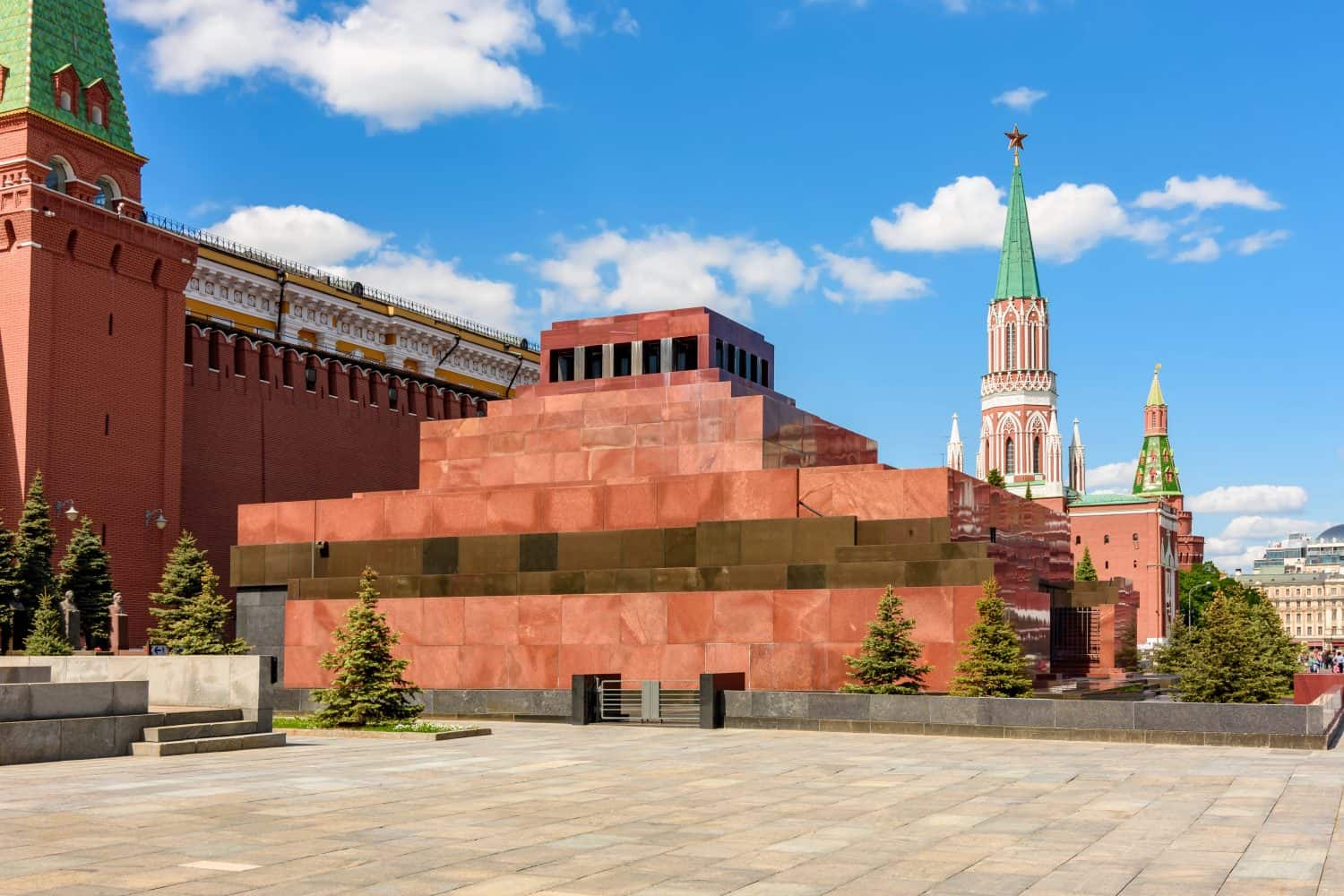
Teams of specialists have maintained Lenin’s body for the past century. The process is mysterious, but it is known that they have to do repair work from time to time to keep the remains looking as much like the day he died as possible. Russian and international visitors sometimes wait hours in line to see Lenin, but once they go inside, guards keep the line moving quickly. The interior is dark, with spotlights focused on Lenin’s face behind thick glass. Some visitors report he has a yellowish cast and have wondered whether it is really his body or a wax replica. Without a closer examination, it’s impossible to tell.
Post-Communist Leaders

After Communism fell in Russia in 1991, statues of Lenin and other communist leaders were removed in many cities and place names and street names honoring them were changed. Many people called for Lenin’s last wish to be buried beside his mother to be honored. Boris Yeltsin and other post-communist leaders did not follow through on those demands, however, as there were still so many older people and former communists who would be upset by such an action. The political cost seemed greater than the benefit. Vladimir Putin has shown no interest in restoring communist ideology, but he has tried to align himself with the country’s powerful past as the Soviet Union and be seen as a successor to the country’s national heroes. So he is not inclined to bury Lenin, either.
Will Lenin Ever Be Buried?
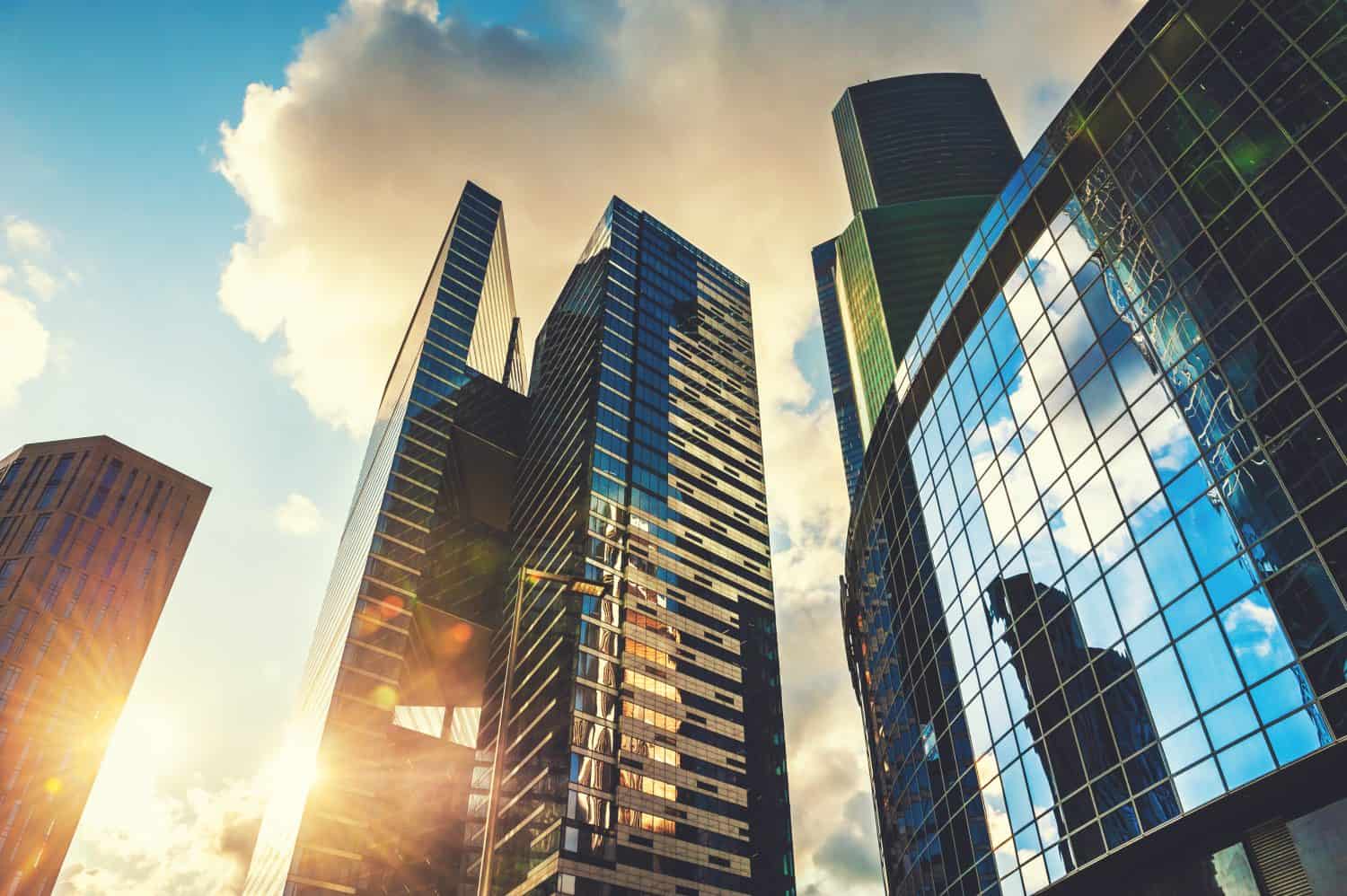
It’s actually rather likely that Lenin will be buried . . . one day. For now he is still useful to the Russian leaders right where he is. But in the future, as his legacy and the system he created fade, keeping his body on display will likely be seen as morbid and misguided. That will be when the long-lasting Lenin cult, along with Lenin, himself, will finally be laid to rest.
In 20 Years, I Haven’t Seen A Cash Back Card This Good
After two decades of reviewing financial products I haven’t seen anything like this. Credit card companies are at war, handing out free rewards and benefits to win the best customers.
A good cash back card can be worth thousands of dollars a year in free money, not to mention other perks like travel, insurance, and access to fancy lounges.
Our top pick today pays up to 5% cash back, a $200 bonus on top, and $0 annual fee. Click here to apply before they stop offering rewards this generous.
Flywheel Publishing has partnered with CardRatings for our coverage of credit card products. Flywheel Publishing and CardRatings may receive a commission from card issuers.
Thank you for reading! Have some feedback for us?
Contact the 24/7 Wall St. editorial team.
